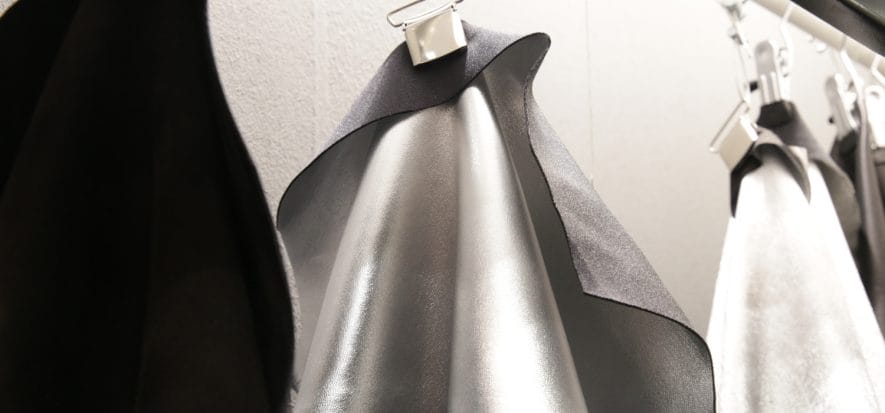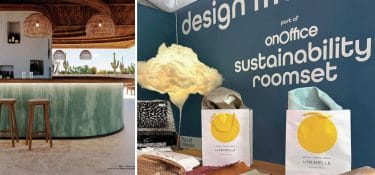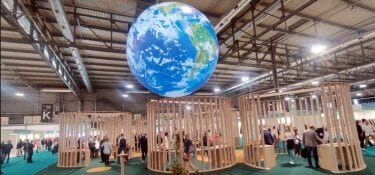Leather went through a tough time in 2019. Italian leather tanning industry suffered from a downturn both in the production and in the export value. Yet, for the records, all domestic manufacturing and supply industries, with just a very few exceptions, had to cope with difficulties last year. Every player has been dealing with the same international scenario after all: which was affected, as emphasized by Lineapelle’s Economic Department, by instability. Leather goods sent some comforting messages. Other than that, footwear and automotive brands implemented some policies to control costs. Finally, home furnishings and apparel did not particularly stand out in terms of performance.
Italy’s financial statements
As reported by the Market Insights of Lineapelle’s Economic Department, in 2019 Italian leather tanning production dropped, in terms of value, by 7.3% on annual basis. Talking about square metres, such downturn means -11.6%; as for sole leather, in the same period it decreased by 8.2%, in terms of weight, compared to 2018.
A tough year for leather
As we said, all European, Asian and American manufacturing and supply industries, on a domestic scale, have been going through a tough time. List of successful players is very short: France as for bovine, Spain (running steadily as to sheep and goat) as for calves and Turkey.
The others’ performance in 2019
Likewise, fabrics, synthetics and substitutes sales decreased in 2019. In the industry, declining revenues concerned all the most important European manufacturers (-4% on average): downturn hit, in particular, Germany (-10%) and Italy (-3%). “Accessories and components did not stand out at the end of 2019 – remarked the Market Insights –, while EU countries, on average, ended the year running even compared to 2018. Italian manufacturers’ negative performance (-4%) alongside Germans’ weakness (whose trend keeps being negative after a very disappointing performance in 2019 last quarter) affected the business a great deal. Conversely, French production enjoyed a positive trend (+5%), despite a slowdown at the end of the year”.
Read also:










